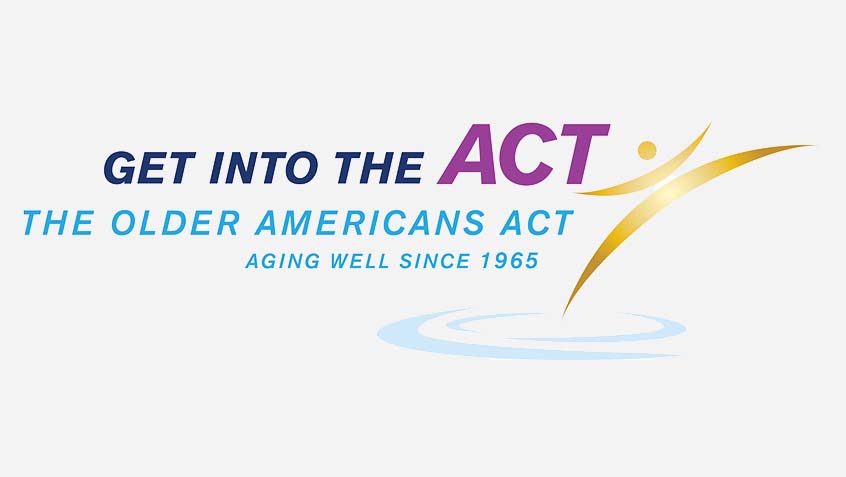The United States is facing a surge in the aging population. By 2030, 73 million – or one in five – people in the U.S. will be 65 or older. In addition to being historically large in size, this population is also living longer. Between 2020 and 2030, the number of people 85 and older is projected to rise by 35%. Regardless of age, geographical location, income, or political affiliation, older adults generally agree on one thing: they want to age in their own homes and communities rather than in institutional settings.
Enacted in 1965, the Older Americans Act created the foundation for a comprehensive system of services and supports that enables millions of older adults in this country to continue to live independently as they age. Today, programs funded by the Older Americans Act provide essential services to older adults (i.e., generally age 60 and older), targeting those with the greatest economic or social need, particularly low-income and minority persons, older individuals with limited English proficiency, and older persons living in rural areas.
The programs play a vital role in helping to maintain the health and well-being of millions of seniors age 60 and older, reaching one in five older adults. Older Americans Act Title III services account for the largest portion of the Act’s funding, supporting a comprehensive national network of federal, state, and local agencies. These are the agencies that plan and provide services to help older adults live independently in their homes and communities. This support includes case management, community services, in-home services, transportation, and information and referral; nutrition programs; family caregiver support; and health promotion and disease prevention services.
As the primary federal agency administering the Older Americans Act, the Administration for Community Living collects reports and data on the Title III programs. These data provide information about the performance of each program but also show the wide reach and positive impact the programs have on millions of older adults.
In 2018, the Older Americans Act Title III Programs funded 56 state agencies, 1,050 local agencies that coordinated and offered services to older adults, and 11,212 senior centers. In addition, they provided support to more than 196,000 caregivers serving older adults. More
than 10.8 million older persons received Title III services including almost 147 million home-delivered meals; 74 million congregate meals; 20 million rides to medical appointments, grocery stores, and other activities; and 21 million hours of homemaker services. The majority of service recipients rated the services as excellent, very good, or good. Most importantly, between 89% and 96% of service recipients noted that the services† helped them stay in their homes.
This report is the first annual report on the Older Americans Act Title III Programs, summarizing highlights and accomplishments in 2018. It shows the immense value the programs have for reaching millions of older adults and allowing them to age in their own homes and communities.
For the complete report, click here. Or contact your local Area Agency on Aging office in Mississippi.
